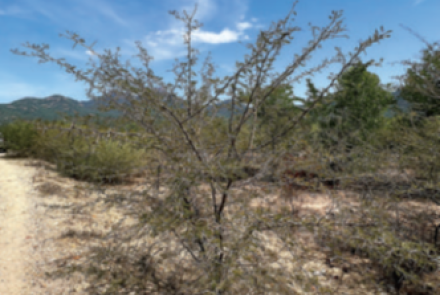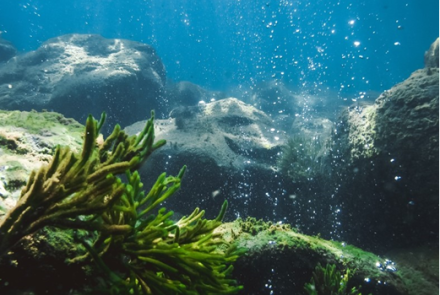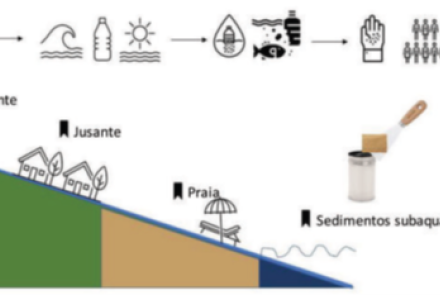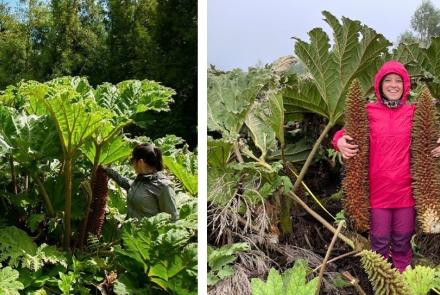Rhodoliths from the Cape Verde Archipelago: insights into climate change and megatsunami sediment dynamics
Rhodolith-bearing sedimentary deposits are abundant in the Cape Verde Archipelago, ranging in age from the early Miocene to the late Pleistocene, and into the modern day. These mostly correspond to shallow-water sediments deposited during transgressive interglacial sea-level highstands, which were preserved in between volcanic sequences or, more recently, as raised marine terraces in the uplifting coasts of islands like Sal, Boa Vista, Maio and Santiago. The deposits vary from beach calcarenites and limestones, and more high-energy conglomerates, whose fabric is generally enriched by rhodoliths and rhodolith-derived sediments. In islands like Maio, Sal and São Nicolau, coastal dunes also feature a high content of rhodolith debris, with rhodolith grains (ranging in size from 0.5 to 1 mm) accounting for 96% amongst identifiable bioclasts, attesting to the importance of coralline red algae as carbonate producers. These deposits represent both the windward and leeward shores relatively to the NE trade winds, and are expected to provide exceptional information on rhodolith bed composition and paleoecological conditions during the last interglacial, when global mean surface temperatures were at least 2 °C warmer. In this project, in particular, we also plan to make use of the unique tsunami sequences, deposited as a result of the megatsunami associated to the flank collapse of Fogo volcano. The taxonomy, taphonomy and microfacies of these deposits may also provide insightful constraints on tsunami transport and deposition. Finally, modern-day rhodolith accumulations (beach berms) have been identified on several bays on eastern and western Sal, northern Boa Vista and Maio, and on eastern Santiago. These offer the opportunity to look at the modern-day species composition of rhodoliths and their association with windward/leeward exposure, and in comparison with the older deposits.
Host: Staatliches Museum für Naturkunde Stuttgart (Germany).








